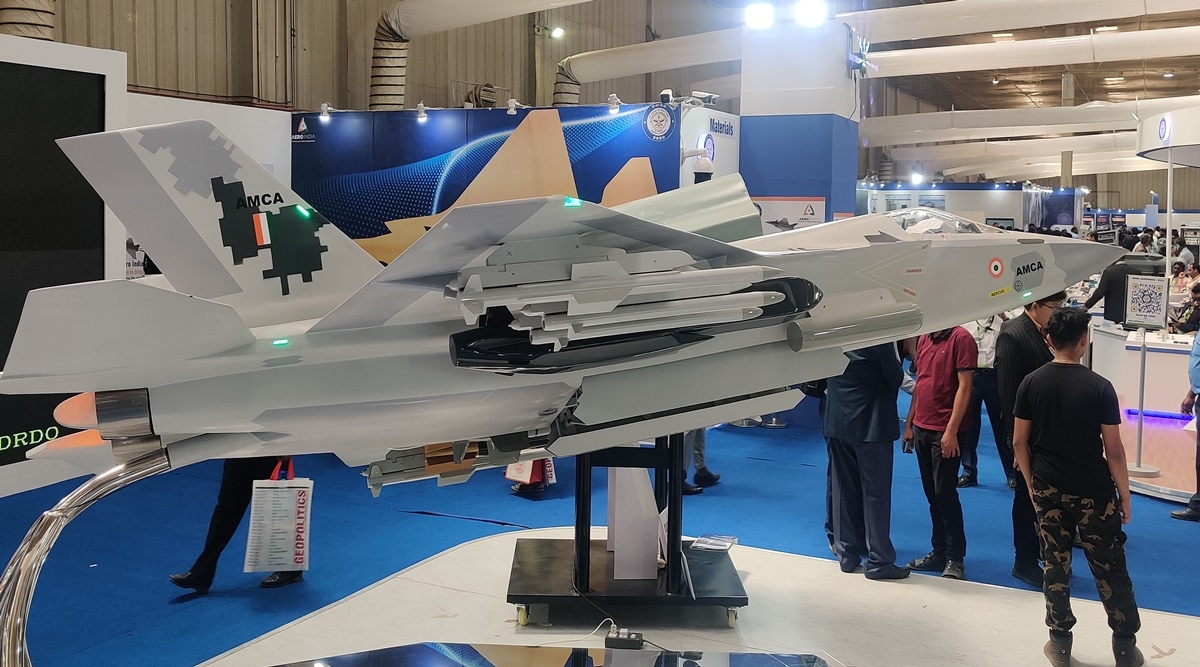SOURCE: RAUNAK KUNDE / NEWS BEAT / IDRW.ORG

As India embarks on the development of its indigenous fifth-generation fighter jet, the Advanced Medium Combat Aircraft (AMCA), it faces the challenge of managing the higher unit costs, maintenance costs, and upgrades associated with such advanced aircraft. While fifth-generation fighter jets inherently come with higher costs due to their cutting-edge technology and capabilities, India’s goal is to achieve a remarkable feat – to have a lifecycle cost that is 60 per cent less than any other comparable fifth-generation fighter jet.
The AMCA project envisions a fighter aircraft that will be at the forefront of modern warfare, incorporating the latest advancements in avionics, stealth technology, sensors, and weapons systems. The designers of the AMCA are taking into account the inclusion of expensive and sophisticated equipment that inevitably drives up the unit cost compared to its predecessors, the fourth-generation (4.5 gen) fighter jets. However, they are optimistic that the initial unit cost will stabilize once major orders for the upgraded MkII AMCA are finalized around 2035.
The primary focus of the AMCA’s development is to ensure cost-efficiency throughout its lifecycle, from production to operation. To achieve this goal, the designers are strategically planning to leverage indigenous capabilities and resources. It is estimated that over 80 per cent of the content in the AMCA will be domestically manufactured, including its engines, giving India tight control over the ecosystem of the fighter jet.
A significant advantage of relying on local production is that it can help reduce dependency on foreign suppliers, leading to cost savings in the long run. By building a robust indigenous industrial base for the AMCA, India aims to achieve economies of scale, thereby lowering manufacturing costs and ensuring long-term sustainability.
Moreover, local production facilitates easier access to spare parts and maintenance support, thereby reducing downtime and operational expenses. With greater control over the supply chain, India can minimize potential bottlenecks and delays, streamlining the maintenance process and keeping operational costs in check.
The AMCA’s designers are keen on optimizing the balance between sophisticated technology and cost-effectiveness. While the initial development phase may involve higher expenditures on research and cutting-edge equipment, the long-term objective is to establish a platform that is efficient, versatile, and affordable.
One of the crucial determinants of operating costs is the engine, which plays a significant role in an aircraft’s overall performance. By focusing on developing indigenous engines, India aims to reduce the reliance on costly foreign engines and mitigate the impact of fluctuating international prices. This move aligns with the government’s “Make in India” initiative, promoting self-reliance in defence manufacturing.
The success of the AMCA project will hinge on effective project management, technological innovation, and close collaboration between the government, defence establishments, and private industry partners. Continuous research and development will be essential to ensure that the AMCA remains relevant and competitive amid rapidly evolving global defence technologies.
NOTE : Article cannot be reproduced without written permission of idrw.org in any form even for YouTube Videos to avoid Copy right strikes